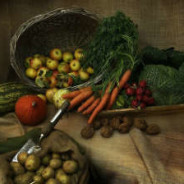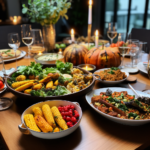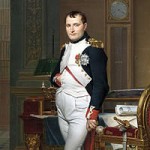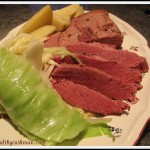The Wampanoag Tribe And The First Thanksgiving

The Wampanoag Tribe And The First Thanksgiving
Nov 22
Picture the first Thanksgiving and you likely envision Pilgrims and local Indians enjoying a Thanksgiving feast of turkey and stuffing. The food served that day was probably not what your family enjoys on Thanksgiving.
What did they eat and who shared the first Thanksgiving? Learn about the feast and some trivia about the real first Thanksgiving.
Was Turkey Really Served?
Although turkey is the iconic Thanksgiving food, the people that sat down at Plymouth may not have had turkey on the menu. Pilgrim Edward Winslow, known for chronicling the adventures and life of the pilgrims, noted that Governor Bradford sent four men out for the main course. National Geographic indicates that the note mentions the men went on a “Fowling” mission.
Although most Americans today limit the main course to the Thanksgiving turkey, the first celebration likely consisted of geese, ducks and possibly, but not necessarily turkey. They also likely served freshly caught fish.
The Surprising Menu
Some people likely think that the turkey just is not a turkey without the stuffing. They did not have the stuffing we eat today, with breadcrumbs, baked cornbread and other ingredients stuffed around the bird. Seasoning and other ingredients to highlight the main dish likely consisted of onions, herbs and perhaps other local ingredients.
Side dishes likely included a cornmeal mush, cranberries, blueberries, beans, cabbage, and other vegetables and fruits. They likely ate pumpkin, but there was no pumpkin pie. The surprise on the menu was the deer. The pilgrims welcomed the Wampanoag Indians to share the feast. As a kind gesture, members of the Wampanoag tribe brought several deer for them to share that day.
Was Thanksgiving Really Thanksgiving?
Thanksgiving as celebrated today is not like the first celebration when the pilgrims and Wampanoag shared a large meal and celebrated for three days. That meal marked a successful fall harvest. The pilgrims, thanks to the expertise of the Indians, learned how to successfully grow and harvest crops.
Neither Chief Massasoit nor the pilgrims likely mentioned the word “Thanksgiving” as they celebrated the fall harvest. There were other reasons that the pilgrims and Wampanoag tribe sat down together that had nothing to do with turkey and stuffing.
Talking Politics, Trade, War, And Peace
It was not just out of the kindness of their heart that Chief Massasoit and his people helped the pilgrims. Like the severe suffering of the pilgrims when they first came to America, the Wampanoag suffered significant losses shortly before Bradford, Winslow and the rest of the pilgrims arrived in New England.
The weakened tribe members that survived the disease that took the lives of many Native Americans became potentially vulnerable to the hostile and feared Narragansett tribe. When the pilgrims agreed to assist the Wampanoag and help protect them from their adversary, Massasoit helped make sure the remaining pilgrims were not subjected to starvation. Once the pilgrims became somewhat self-sufficient, largely due to communication between the pilgrims and Native Americans, they helped each other as neighbors.
Squanto served as interpreter between the Wampanoag and pilgrims, perhaps assisting with the wording of the treaty of alliance formed between the two parties. The U.S. History site, owned by The Independence Hall Association reveals that they never broke that alliance.
They likely discussed trade during the harvest celebration, not football and shopping. Paul Solman discussed trade between the Europeans and Wampanoag with Darius Coombs, associate director of Wampanoag Indigenous Program, on the PBS News Hour. Coombs said the pilgrims and Wampanoag might trade a beaver pelt for a metal pot, steel knife, and an ax or hatchet head. They became friendly trading partners, which they probably discussed while enjoying their celebration.
So Who Really Started Thanksgiving?
Abraham Lincoln first proclaimed Thanksgiving as a national holiday.
While the pilgrims and Wampanoag celebrated survival from disease and adversaries and a bountiful harvest, starting in 1863, we began celebrating modern-day Thanksgiving, which grew into the huge celebration and feast that we know today.






